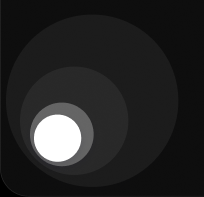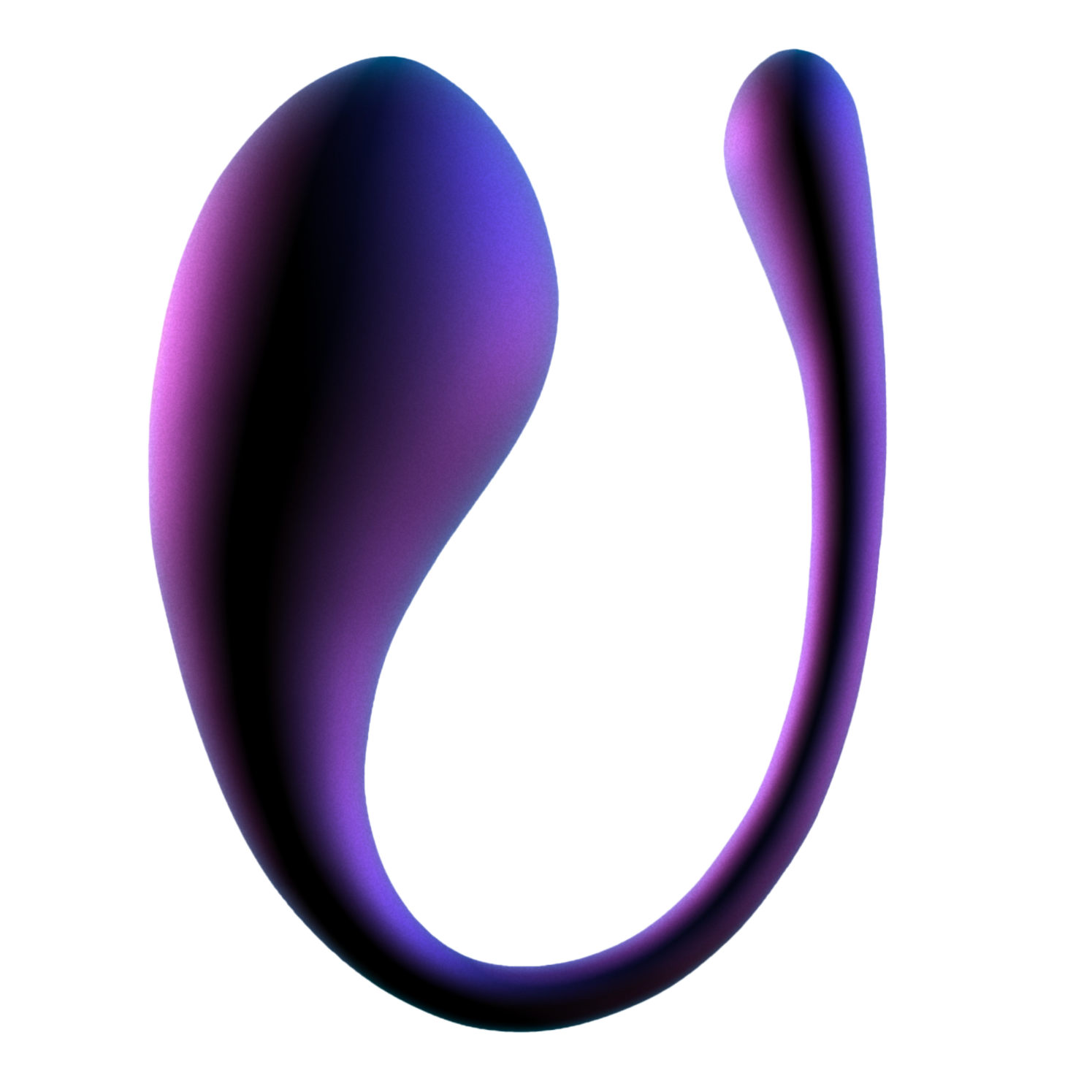The Livebrator – the world’s first live music vibrator. The limited-edition innovation makes it possible for people who can’t attend Way Out West to enjoy the festival from home in an intimate live experience.


The initiative is a collaboration between Way Out West and The Swedish Association for Sexuality Education, RFSU.


The challenge
Create an app that is connected to a sex toy that vibrates to the beat of the festival's live acts.

Modular Vibration
Sound Data

HLS Streams

Bluetooth
Live Music
The team behind the app has developed it using the Flutter framework. Flutter is cross-platform and allows the development of apps that can run on various platforms, including iOS and Android, from a common codebase. Flutter also enables real-time development of the app's features and design, which leads to short iteration cycles and promotes collaboration between developers and designers. This allows for quick and efficient development, testing, and iteration of ideas, as well as increased productivity.
We have aimed to deliver an app that will enhance users' overall experience in connection with pleasure and music. The following are some of the technical challenges that the development team has tackled during the project:
The overarching challenge has been to transmit the sound played on the stages during Way Out West via a live HLS stream to the app, where the audio information is transformed into a vibration-adapted format and then sent to a vibrator.
- The sound (one stream per stage) is pushed to a cloud service via RTMP.
- The RTMP stream is converted in real-time into an HLS stream that is made available to the app.
- Information about the festival schedule and streams is stored in a real-time database.
- The app connects to the streams, simultaneously plays audio (when allowed), and decodes the stream for further processing.
- Audio information is transformed into a format and playback speed adapted for the vibrator.
- Users can also modulate the intensity and how the audio affects the vibrations through the app.
- Vibration data is transmitted in real-time to the vibrator via Bluetooth.
The human ear is capable of perceiving a world of sound waves ranging from 20 Hz to 20,000 Hz. To experience the full musical enjoyment, digital audio typically extends across this entire spectrum by being sampled at a frequency of 44,000 Hz to 48,000 Hz.

